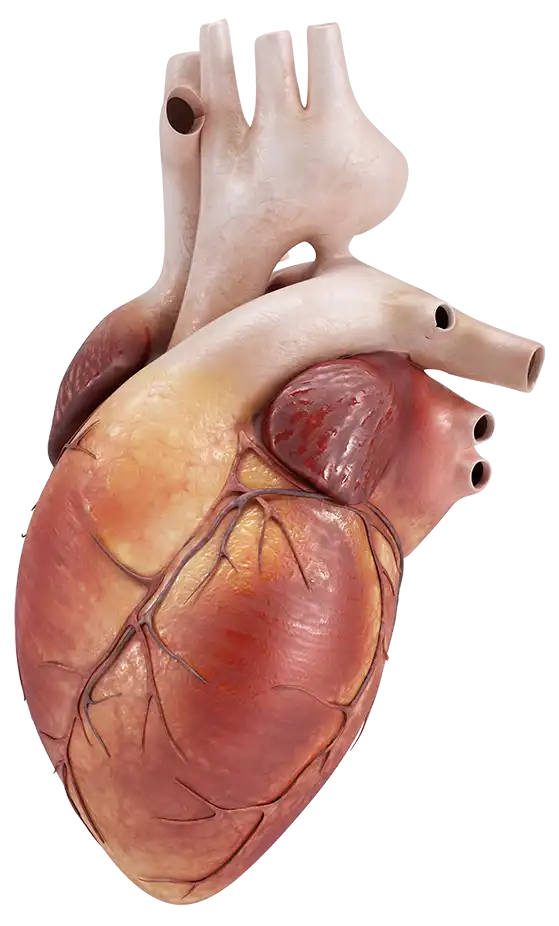Heart valve replacement is a way to treat heart valve disease. Heart valve disease involves the malfunction of at least one of the four heart valves. The heart valves help maintain the proper flow of blood through the heart.





In heart valve replacement surgery, the surgeon repairs or replaces damaged valves. Various surgical procedures, such as open heart surgery or minimally invasive heart surgery, can be used to repair or replace heart valves. The treatment process depends on several factors, including age, health, the condition of the damaged heart valve, and the severity of the disease.
In terms of the price of health services, Healtha aims to offer the most competitive prices with other countries so that the price of Healtha services is much lower than the price of similar services around the world.
In this section, you can watch videos related to your treatment.
These videos are just a small part of a big change in Healtha.
Our patients’ experience of Healtha treatment
Heart valve surgery is required when an individual experiences heart valve stenosis or regurgitation and the associated symptoms cannot be reasonably managed with medication.
As with any surgical procedure, patients undergoing heart valve surgery are at risk of infection, reaction to anesthesia or excessive bleeding. Other risks specific to heart valve surgery may include abnormal heart rhythms, valve leakage, blood clots, stroke, heart failure and death. Surgeons will review a patient’s specific risk for death.
Recovery time depends largely upon the condition and strength of the patient. Typically, patients remain hospitalized between 4 and 5days following surgery. Once discharged, patients should expect it to take several weeks to ease back into their regular daily activities.
Following valve surgery, patients typically return to normal, or better than normal, activity levels.
There are several reasons that one or more of your heart valves may not work properly. The ultimate effect of a diseased heart valve is that it interrupts normal blood flow through the heart. Causes may include the following:
Endocarditis
– an infection of the valve tissue.
Rheumatic fever
– a specific type of infection more prevalent in developing countries where the valve tissue becomes inflamed and/or fused together.
Calcification
– over time, calcium in your body can build up on the tissue of your valves making it difficult for them to move properly.
Congenital defects
– a condition you are born with such as having only two leaflets on the aortic valve rather than three.
Ischemia
– also known as coronary artery disease, in which the heart’s own blood vessels become clogged and can no longer deliver the proper amount of blood.
Degenerative disease
– a progressive process that represents slow degeneration from mitral valve prolapse (improper leaflet movement). Over time, the attachments of the valve thin out or rupture and the leaflets become floppy and redundant.
Read Also
Read Also
No. 326, St. Khaje Nasir , St. Shariati Tehran , Iran
info @ healtha.health
+98 910 398 2050
© 2024 Healtha Corporate . All rights reserved.
If you are seeking advice or treatment from Healtha
Please fill in the submission form and send it .
Rest assured that you will be contacted by Healtha at the earliest opportunity without wasting time .